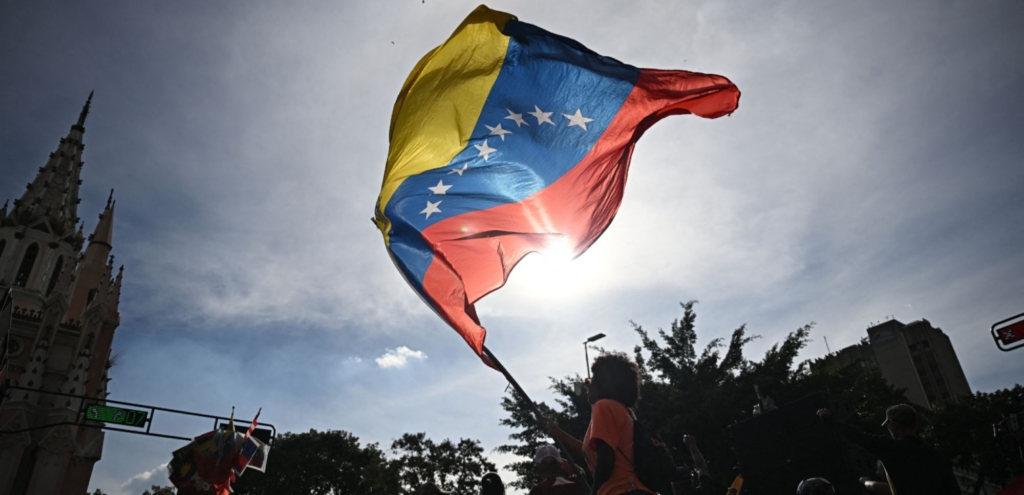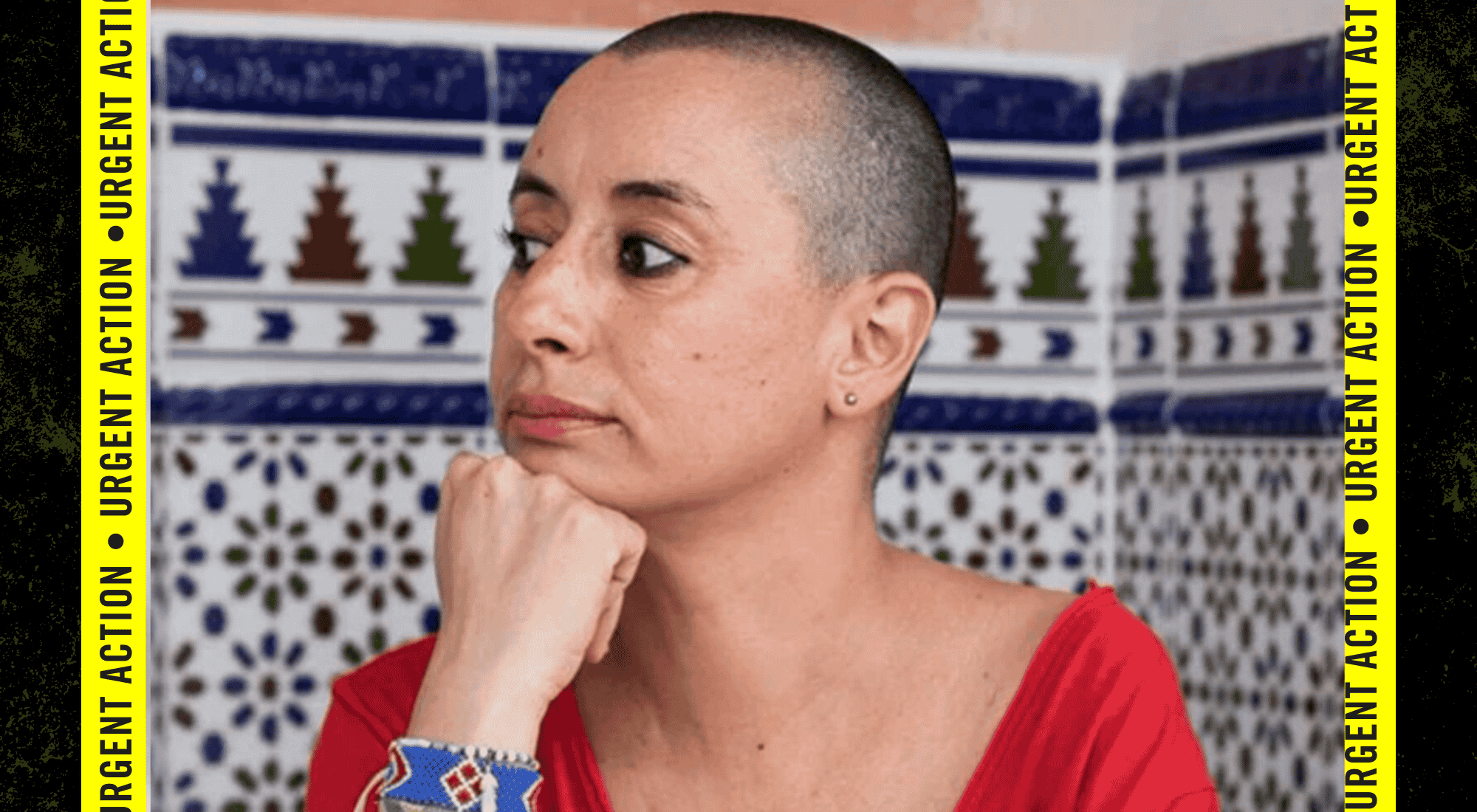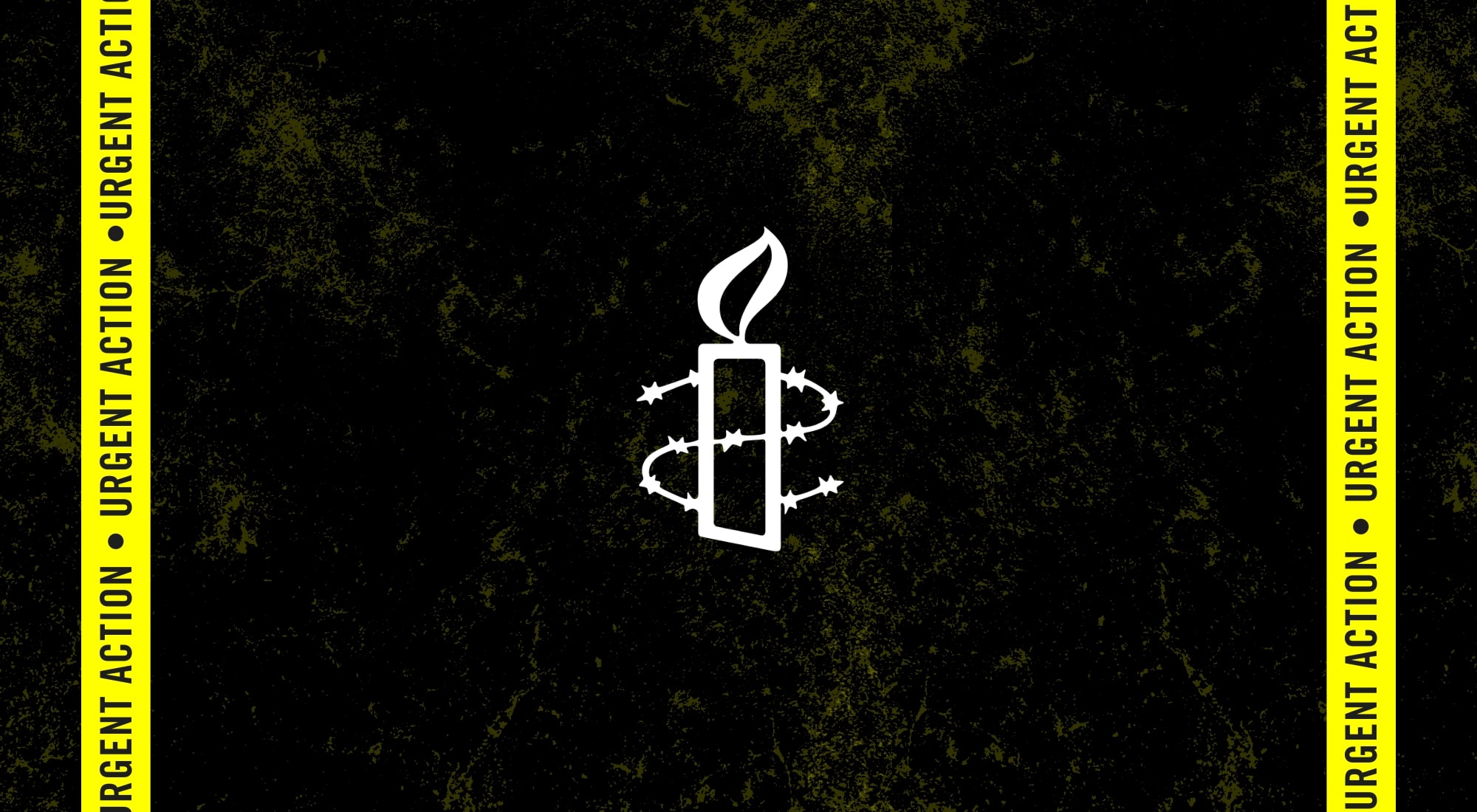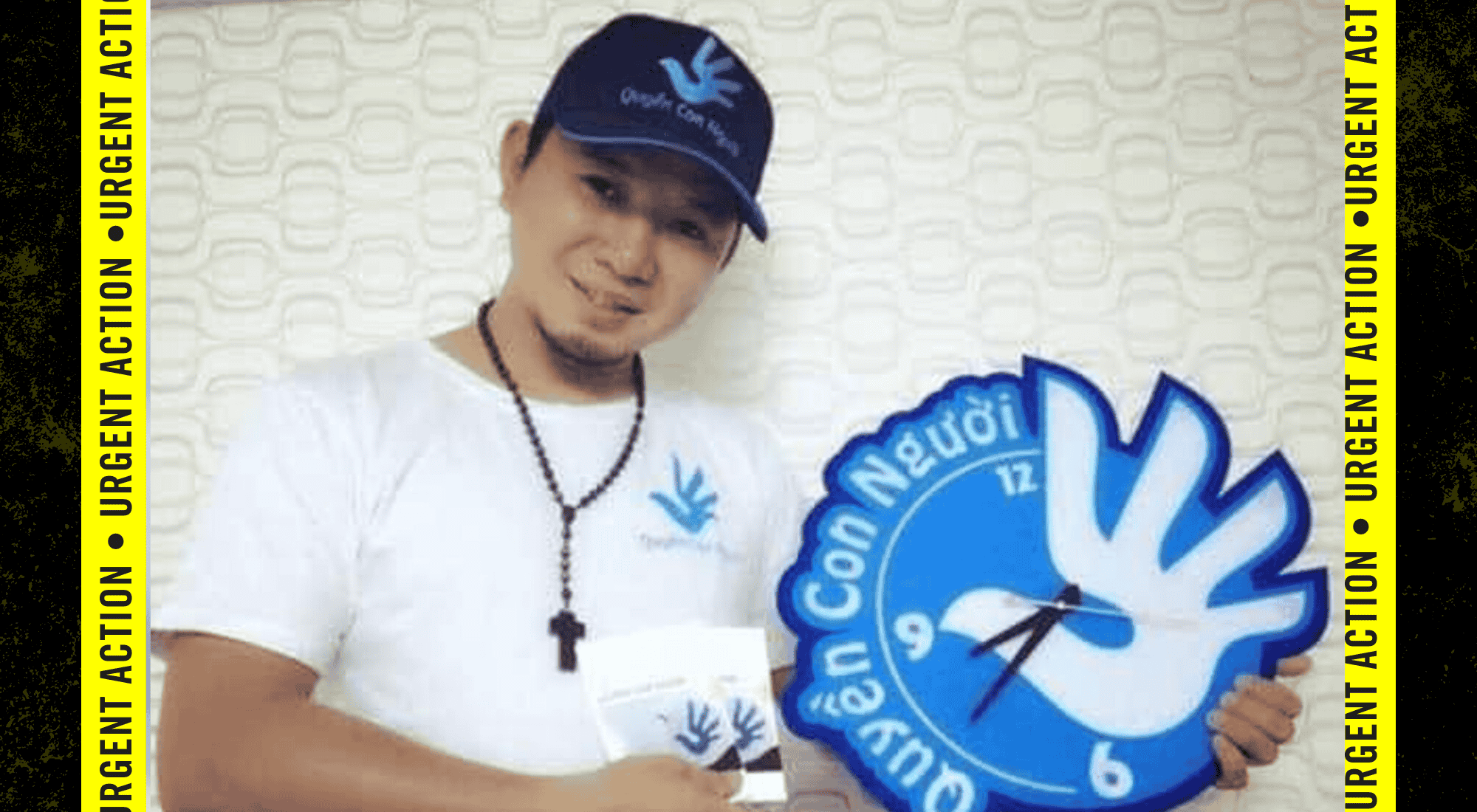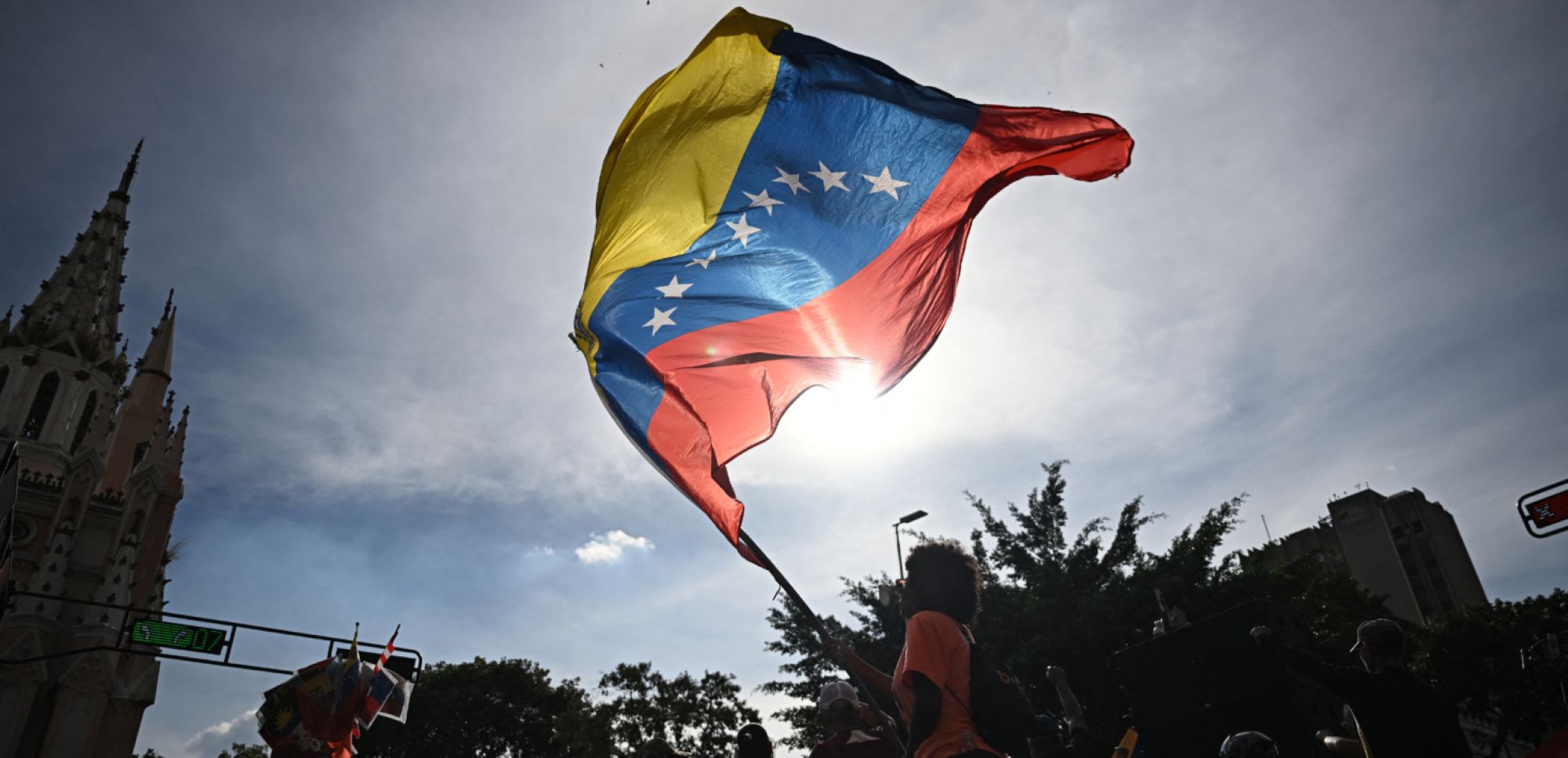Lynne Groulx is a Métis woman from the Treaty Three historic Métis community of Rainy River/Lake of the Woods, and is the Chief Executive Officer for the Native Women’s Association of Canada (NWAC). NWAC is a national Indigenous organization representing the political voice of Indigenous women, girls and gender diverse people in Canada, inclusive of First Nations on and off reserve, status and non-status, disenfranchised, Métis and Inuit. NWAC was founded on the collective goal to enhance, promote and foster the social, economic, cultural and political well-being of Indigenous women within their respective communities and Canadian societies.
In partnership with Amnesty’s Gender Rights Specialized Team, NWAC recently relaunched the Faceless Dolls Project in order to generate greater awareness of missing and murdered Indigenous women and girls across Canada. For more information about the project and to participate, click here to read our recent blog post or watch our webinar.
For many Canadians, summer’s warmth inspires travel plans: driving along forested highways, road trips exploring new territories, making pilgrimages to annual reunions. For Indigenous women, girls, and gender-diverse people, travel plans raise significant safety dangers. Canada’s transportation corridors remain ground zero for incidents of missing and murdered Indigenous women and girls (MMIWG), both solved and unsolved.
Investigations into Indigenous deaths and disappearances along highways continue, despite the misperception that the MMIWG crisis has been resolved. While most Canadians enjoy their human right to bodily security, the continuing genocide against the people represented by the Native Women’s Association of Canada (NWAC) means they face a significant risk of harm every single time they travel, especially if they are travelling alone.
Indigenous women, girls, and gender-diverse people are left to rely on their own tools and supports as they navigate the continuing safety risks they face. Grandmothers, aunties, cousins, sisters, and mothers all share information with each other along informal lines, warning against places and people to avoid.
In 2021, NWAC developed a map that identifies risk hotspots for Indigenous women, girls, and gender-diverse people across the country as part of its Safe Passage project. Using MMIWG case data, the map tracks violence intensity zones. It is a vital resource and tool in helping those at risk when making travel decisions.
Many Indigenous women who travel this country’s roads are not on leisure trips. Indigenous women, girls, and gender-diverse people may be travelling alone because they are fleeing violence, poverty, or other unsafe situations in their home or community. They may be going to work or a medical appointment in a community that has no direct link by public transportation. The Final Report of the National Inquiry into MMIWG Report released in 2019 explains, in depth, the ways colonization increases these risks. Call to Justice 4.8 calls “upon all governments to ensure that adequate plans and funding are put into place for safe and affordable transit and transportation services and infrastructure for Indigenous women, girls, and 2SLGBTQQIA people living in remote or rural communities.” Call to Justice 17.9 calls on Canada to provide safe transportation options, such as “safe ride” programs in rural, remote, and Northern communities. These calls have yet to be fulfilled.
NWAC’s Safe Passage project is both a response to the continuing MMIWG crisis, and a critical tool highlighting the urgency and importance for Canada to take meaningful action. We continue to add cases to the database on a weekly basis and the creation of the map is just one of the actions we are taking while governments dither about what to do next. NWAC calls on Canada to begin to take the steps necessary to address the 231 Calls to Justice in the MMIWG Final Report.
Our recent analysis finds there has been little effort in that regard since the release of the Inquiry report. Budget 2021 directs $2.2 billion over five years, but concrete action items are not separately costed, and provide little information to show how these funds will help. While we advocate for these concrete steps, we can turn to human-rights laws to demand meaningful action.
Human rights laws set the stage for shifting away the perspectives that devalue Indigenous lives and view them as less important. Laws can recognize and affirm that we are inherently and equally worthy of the rights to life and safety.
Human rights laws, both domestic and international, cannot promise safety for Indigenous women, girls, and gender-diverse people, but they do offer a path to change the grim reality of the MMIWG crisis. Human rights laws set the stage for shifting away the perspectives that devalue Indigenous lives and views them as less important. Laws can recognize and affirm that we are inherently and equally worthy of the rights to life and safety as any other Canadian. Human rights laws also hold Canadian decision-makers accountable for the actions they are taking (or often, not taking) to address violence, especially when it is an ongoing, national crisis harming a specific group of people. For example, when the UN Committee on the Rights of the Child reviewed Canada’s human rights commitments to children earlier this month, they called on Canada to take stronger steps to investigate and provide justice to MMIWG family members.
Yet, we face barriers when we try to get help and seek protection from violence. Witnesses told the National Inquiry numerous stories of police ignoring requests to help locate missing women, hesitancy to call police during domestic violence for fear their children would be taken and violence committed by health care professionals. Canada does not honour our human rights when it allows unsafe systems to continue operating. These include systemic discrimination in health, child welfare, and justice systems. In reality, this means that Canada’s continued failure to address violence against women is perpetuating genocide.
As a result, Indigenous women, girls, and gender-diverse people are left to rely on their own tools and supports as they navigate the continuing safety risks they face. Grandmothers, aunties, cousins, sisters, and mothers all share information with each other along informal lines, warning against places and people to avoid. NWAC’s map is helping them.
We do this because we know, from lived experience, the people in power are not making decisions and taking actions that prioritize our safety. This must change.
Guest Essay Series
The final essay in our Pride and Indigenous History Month series will be posted on June 29, 2022.
To read the other essays in this series:
June 1 | On Intersectionality, Access to Justice, and Walking Between Worlds, by Benjamin Vandorpe, Founder, JusticeTrans.
June 8 | LGBTQI+ Afghans Need a Safe Way Out by Kimahli Powell, Executive Director, Rainbow Railroad.
June 21 | Epimotew Tastawayik Niso Askiya – Walking in Two Worlds by Rachel Wuttunee.
June 21 | Industry, Police, and MMIWG2S in Wet’suwet’en Yintah by Jennifer Wickham.
June 29 | Queer/Muslim/Canadian by Momin Rahman.
















